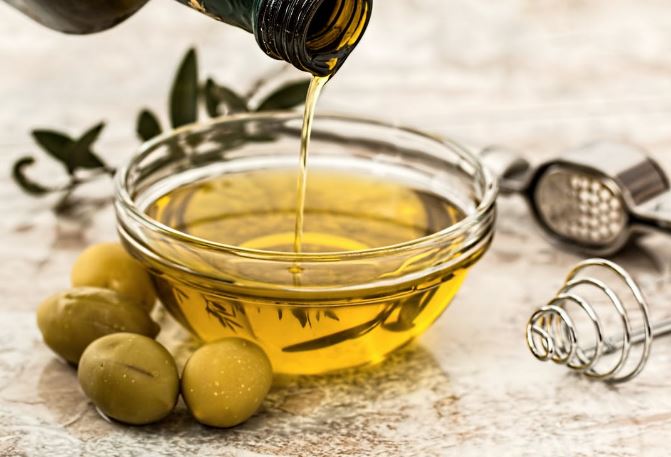
Although we have always been told that fat makes us fat, we can’t cut all fats from our meals. All healthy diets must contain sufficient quantities of essential fatty acids, as these are fats our bodies cannot make.
Here’s a look at 5 types of good and bad fats:
Good fats are essential for our bodies to function.
These essential fatty acids include Omega-3 and Omega-6, both of which are polyunsaturated fatty acids. These are important as they are building blocks of important hormones that regulate essential biological functions.
1. Omega-6 fatty acids are found in low-fat proteins like tuna, chicken, sunflower oil, soft margarine, low-oil mayonnaise and salad dressings, whole grains and a few seeds and nuts. These fatty acids help prevent and cure water retention, eczema, ADHD and high cholesterol levels.
However, try to limit the use of Omega-6 fats (found in most vegetable oils and tub margarines) as our diet naturally contains 10 times more Omega-6 fats than Omega-3 and the ideal ratio is 4:1 and not 10:1. Try to concentrate more on consuming Omega-3 fatty acids.
SEE ALSO: 9 Different kinds of oil and their uses
2. Omega-3 fatty acids help prevent and alleviate depression, thrombosis, ADHD, high blood pressure, gout, arthritis, general heart health and may help to control insulin levels because they slow the rate at which carbohydrates are digested and enter your bloodstream. This enables you to tap into your stored body fat more effectively (it takes some fat to burn fat).
3. Monosaturated fatty acids are also important. These fats lower the bad cholesterol levels without affecting good cholesterol. Sources are olive oil, palm oil, canola oil, almonds, peanuts, avocado pears and olives.
This is why it is important to incorporate healthy fat into your diet. Be aware though, that even healthy fats are fattening so donâ??t make these fats more than 30% of your total energy intake.
Harmful fats
4. Saturated fat is the most harmful fat and often the ones we consume in excess. Sources are fat on meat, skin on chicken, deep-fried food, butter, lard, cream, cheese, full-cream milk, ice cream, crisps, Brazil nuts, coconut, brick margarine, and coffee and tea creamers. Our bodies use these fats to make bad cholesterol, which blocks arteries and contributes to cancer and arthritis.
SEE ALSO: The 10 Health Benefits of Pomegranate Seed Oil
5. Trans-fatty acids are formed when any kind of fat is repeatedly heated. Heat changes the structure of the fatty acids making them inactive and useless to the body. This interferes with many metabolic processes, and damages our bodies, making them prone to lifestyle diseases like cancer, heart disease suppressed immunity etc.
Common sources: hot chips, deep-fried onion rings, fried crumbed chicken, fish and calamari from restaurants and take-aways. Some cheaper biscuits also contain high levels of trans fats.
How to limit your fat intake
Because it is almost impossible (and harmful) to eat a fat-free diet, aim for a low-fat eating plan instead.
To reduce your saturated fat intake, limit red meat to three times per week, and try to eat starches and vegetables with no added fat as the fat content in your meat portion probably is the maximum fat you should be ingesting per meal.
The foods below have a VERY HIGH fat content and should be avoided altogether or eaten only once or twice a year:
Beef fillet or rump steak (grilled, not trimmed), Boerewors, traditional pork sausages, roast pork, spare ribs, mutton chops, deep-fried chicken.
Other hhigh-fatfoods to eat very sparingly:
Standard mince (regular, not lean), roast chicken with skin, salami, streaky bacon.
SEE ALSO: 6 health benefits of peanut butter
Read and interpret nutritional labels on products to guarantee a lower-fat lifestyle: watch for hidden fats in muffins, scones rusks, instant sauces, popcorn, health bas, instant soups, tinned soups, mayonnaise, slimming bars, toasted muesli, coffee creamers, milkshakes, cappuccino with cream.
The post Sorting out good and bad fats appeared first on All4Women.




